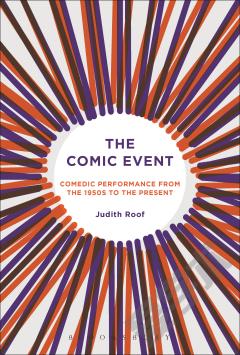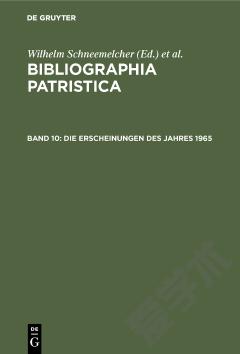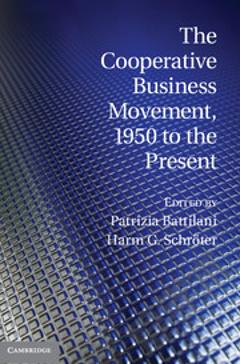The Comic Event —— Comedic Performance from the 1950s to the Present
----- 喜剧事件:20世纪50年代至今的喜剧表演
The Comic Event approaches comedy as dynamic phenomenon that involves the gathering of elements of performance, signifiers, timings, tones, gestures, previous comic bits, and other self-conscious structures into an “event” that triggers, by virtue of a “cut,” an expected/unexpected resolution.Using examples from mainstream comedy, The Comic Event progresses from the smallest comic moment-jokes, bits-to the more complex-caricatures, sketches, sit-coms, parody films, and stand-up routines. Judith Roof builds on side comments from Henri Bergson's short treatise “Laughter,” Sigmund Freud's Jokes and Their Relation to the Unconscious, and various observations from Aristotle to establish comedy as a complex, multifaceted practice. In seeing comedy as a gathering event that resolves with a “cut,” Roof characterizes comedy not only by a predictable unpredictability occasioned by a sudden expected/unexpected insight, but also by repetition, seriality, self-consciousness, self-referentiality, and an ourobouric return to a previous cut. This theory of comedy offers a way to understand the operation of a broad array of distinct comic occasions and aspects of performance in multiple contexts.
{{comment.content}}








 京公网安备 11010802027623号
京公网安备 11010802027623号